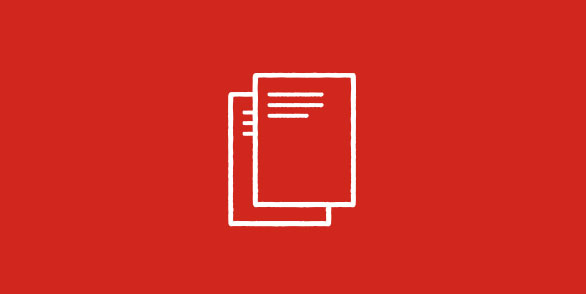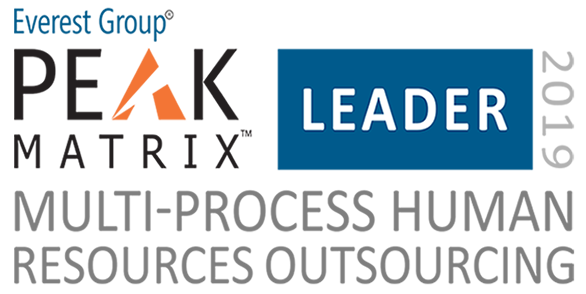
The right global payroll solution should help your organisation simplify its payroll processing, increase compliance and assist in offering better HR insights to improve decision-making. This may seem like a lot to ask of your global payroll software, but it is possible. There are five key features you should look for when choosing your global payroll system:
- Global coverage
- Local expertise
- Powerful technology
- Simple integration with your other HR functions
- Reporting functionalities
But why are these features important?
We’ll answer this question by highlighting the importance and benefits of each feature.
1. Global coverage
For multinational organisations, the ability to see what’s happening in the different markets where they operate is important. Global payroll software can help you gain a holistic view of your entire organisation, no matter how far and wide your offices are dispersed.
In addition to being able to view and access global employee and organisational data, with a global payroll solution, you can manage payroll for your entire organisation, without the need to implement a fragmented payroll model to cover the different regions.
According to a 2017 report from EY, while there is an increased number of global payroll solutions available on the market, some lack the benefits of “global reporting and cost optimization.”1 It’s therefore important to ensure that the global payroll solution that you are implementing meets all of your global coverage needs, including global access, global and local compliance needs and global reporting functionality.
“Organisations are struggling with the increasing complexity and global nature of payroll. Compliance is a key driver, particularly for clients where they have small employee populations outside their key established locations. Managing payroll for mobile employees and dealing with cross border issues needs payrolls to be managed in a coordinated way, such that home and host country issues can be addressed simultaneously,” states PwC.2
2. Local expertise
A multinational organisation needs local HR and payroll experts in all the countries where it operates, as well as experts in the management of global HR services and payroll processing.
Every country differs in its tax and payroll deductions, as well as other employment-related legislation. Compliance is vital, but even the smallest difference between countries can be difficult to manage if you aren’t aware of the broader local legislative landscape. That’s where local expertise comes into play – and the right global payroll system for your organisation will have the local expertise that you require.
With more than 35,000 changes to tax and related regulations annually, effectively managing these changes in all the countries where you operate can be a challenge. With local, in-country payroll and tax experts, implementing these changes is made easier. And if you have a managed payroll and HR service, all these changes are updated for you by your service provider.
3. Powerful technology
When it comes to running a multinational organisation, you want HR and payroll solutions that can meet all of your needs. That includes providing the global reach and accessibility you need, in the places that you need it. The spread of technology throughout business processes has been rapid in many areas. Despite this, EY finds that there has been a slow uptake in digital technologies within the area of HR. But the right technology can help you better manage your organisation’s global HR and payroll systems.
Cloud-based HR and payroll solutions that are integrated can offer the reach and accessibility needed by multinational organisations. And when paired with a single system of record, it can vastly improve data accuracy as all systems store and use information from a single database. This can help to improve reporting and drive better decision-making.
Jean-Luc Barbier, vice president at SD Worx Global Solutions, in an article for HR Review, also points out the benefits that digitisation and automation can provide any organisation, whether they are multinational or not. “Digitalization is transforming HR and payroll departments at an impressive rate. Digital tools can help automate the manual and, let’s be honest, more mundane tasks.”2
“During busy periods amending or entering data can be a time-intensive affair. Robotic Process Automation (RPA) helps streamline the repetitive and data heavy tasks, working round the clock to manage payroll checks as well as detecting any data anomalies and opportunities for saving money and improving processes,” adds Barbier.3
4. Simple integration with your other HR functions
Managing separate HR and payroll systems across your organisation can result in reporting errors, as well as redundant and incorrect employee data. With system integration, all your HR and payroll systems are linked, sharing information between them.
System integration, especially if it uses a single system of record, can improve your organisation’s data quality and eliminate the need to enter the same employee information multiple times, thereby reducing the risk of data errors and data redundancy.
With effective system integration in place, your time and attendance software can communicate directly with your payroll system, helping to ensure accurate payroll processing, while eliminating the need for an HR team member to enter the time data into the payroll system.
5. Reporting functionalities
Organisation reports are important for driving decision-making, and the information in these reports is comprised of a host of HR and payroll information. It’s therefore vital that the information used to generate these reports is accurate and up-to-date. Fragmented HR and payroll systems can present challenges when collating the information for these reports.
According to research from the ADP Research Institute, multinational organisations manage 33 payroll systems and 31 HR systems on average.4 This can pose a risk to data accuracy when compiling reports, while also increasing the time necessary to generate the report.
To help simplify this process, many global payroll solutions offer automated reporting capabilities. Paired with an integrated approach to HR and payroll management, this can drastically improve the quality and accuracy of the data in your reports, and in turn help to improve your decision-making processes.
By focusing on these five features, you can find a global payroll solution that meets all of your organisation’s needs.
Sources
1. https://www.ey.com/Publication/vwLUAssets/ey-2017-global-payroll-survey/$FILE/ey-2017-global-payroll-survey.pdf
2. https://www.pwc.co.uk/assets/pdf/makingpayrollpay.pdf
3. https://www.hrreview.co.uk/analysis/analysis-hr-news/jean-luc-barbier-getting-the-most-from-global-payroll-five-tricks-of-the-trade/111091
4. https://www.blog.adp.co.uk/standardisation-not-a-hot-topic-until-you-realise-the-difference-standardised-hr-systems-can-make/


